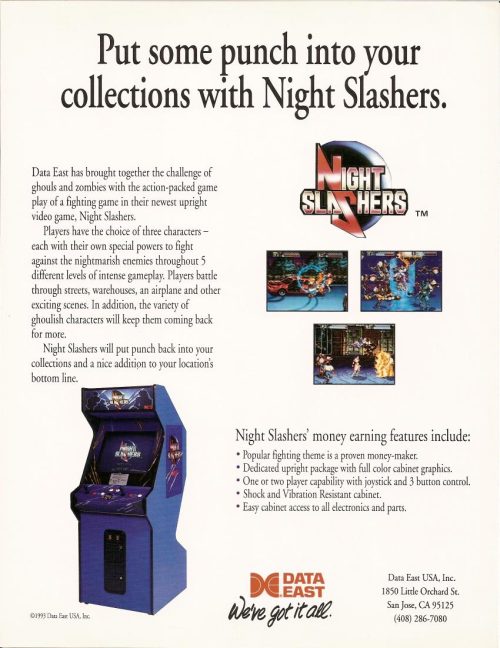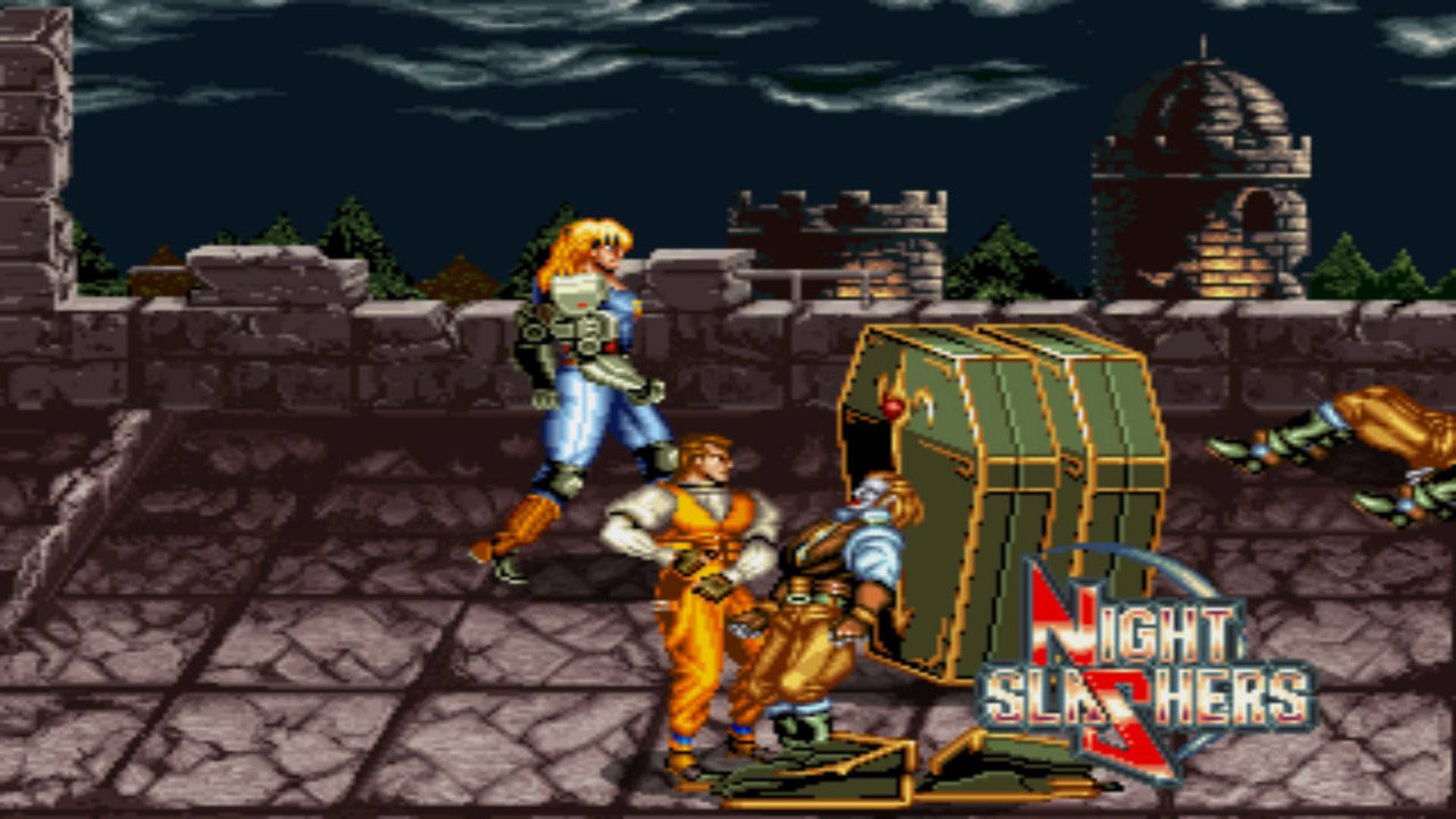

Much like my own youthful trips to the arcade, it dazzled me briefly but cuts itself short before delivering a substantial experience. Ultimately, I did enjoy my time with 198X. The moment is so well executed I wish that motif was driven further throughout the experience, arriving at a more satisfying destination. Here it draws parallels between Kid’s desire for finding an escape from life in suburbia, and the racer’s goal of speeding towards the city. A ‘part 2’ to this story is apparently in the works, and will hopefully build upon what’s been established.Īll that said, The Runaway is the game’s high point of thematic unity between 198X’s narrative and gameplay. 198X sets Kid up as a loner teen embracing a new counter-culture and finding some sort of meaning in themself, but instead it’s ultimately about someone who realises they like video games. Cutscenes feature an internal monologue about life happening around Kid, but aside from heading to the arcade, they don’t display any significant character growth by the game’s conclusion. In fact, the story is where 198X falls shortest in its overall package. 198X does so well at delivering a taste of most of what’s offered, but I couldn’t help feeling bummed there wasn’t more of any of it.īetween each arcade visit, Kid’s story unfolds in beautiful pixel-art cutscenes reminiscent of anime films like Akira (Kid even closely resembles Kaneda), with an oddly noir tone, void of any conflict or dramatic intrigue. Art, sound, and gameplay are so incredibly executed it’s hard to find any fault among them apart from their lengths.

The moments of playability are relegated to the arcade remakes, each only providing a handful of stages at the most. Much like Kid, the game spends its hour runtime meandering aimlessly between arcade stints. ‘Out of the Void’ (shmup) and ‘The Runaway’ (racer) particularly stand out for their replications of R-Type and OutRun, respectively, despite becoming easier renditions.įor all its meticulous design in art and sound, 198X doesn’t take the narrative anywhere that feels especially satisfying. The story also features a sci-fi shmup, a highway racer, a side-scrolling ninja slasher, and a first-person dungeon RPG – all of which play and feel exactly as you’d expect, and somewhat fit thematically within the narrative’s framework. It’s here where Hi-Bit Studios begins showing off its talented pool of pixel artists, with bespoke animations and stage design the game looks fantastic, but I’d argue the fidelity of the arcade games is higher than their actual counterparts, especially for the ‘80s.

198X begins with a Streets of Rage-esque beat ‘em up, complete with the expected tropes mohawked street punks, baseball bats, et al.

The game spares no time in launching its thematic romanticism of the arcade era.


 0 kommentar(er)
0 kommentar(er)
